Whether or not they chose to deliberately channel various Japanese influences, the three recent winners in this year’s Bench Design Awards – Ched Dalogaog, Otto Sacramento and Renz Reyes – produced off-kilter yet wearable collections that made sense.
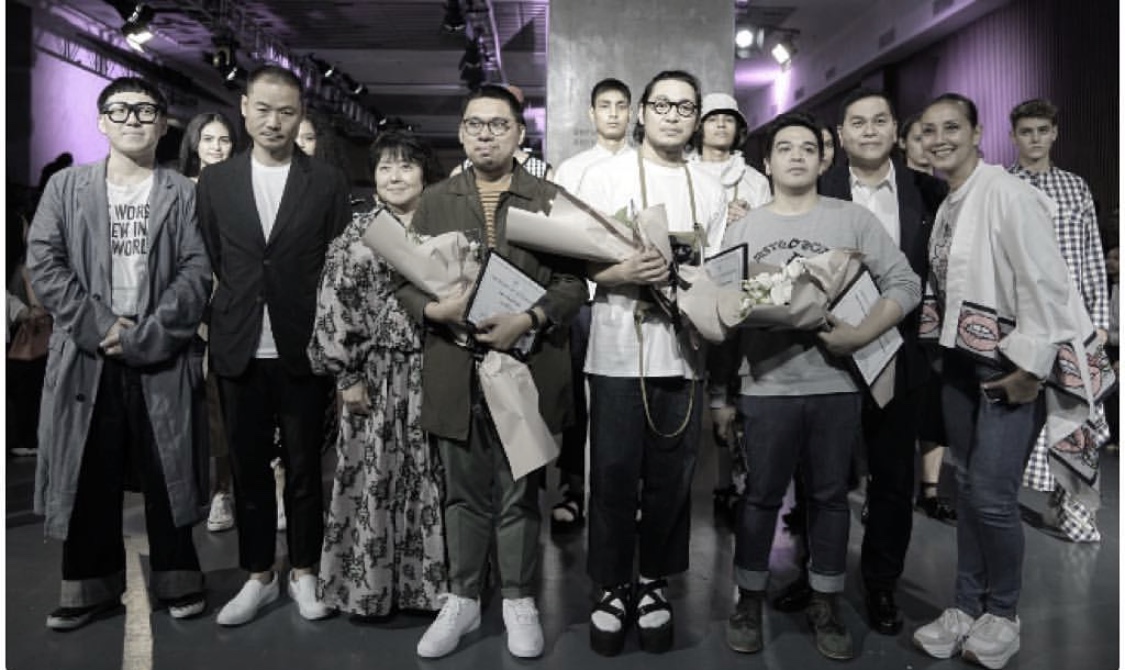
By Alex Y. Vergara
Was it deliberate or purely coincidental? And how far can a fashion designer indulge in fantasy before he or she creates something fit for the insane asylum?
Of the 10 competing individuals/teams in the recently concluded Bench Design Awards held two Sundays ago at the Bench Playground in Taguig, majority of the contestants’ respective collections teemed noticeably with Japanese influences—from clean, minimalist lines to bold, even out-of-this-world ensembles and color combinations that seemed to have come straight out of a Japanese manga series.
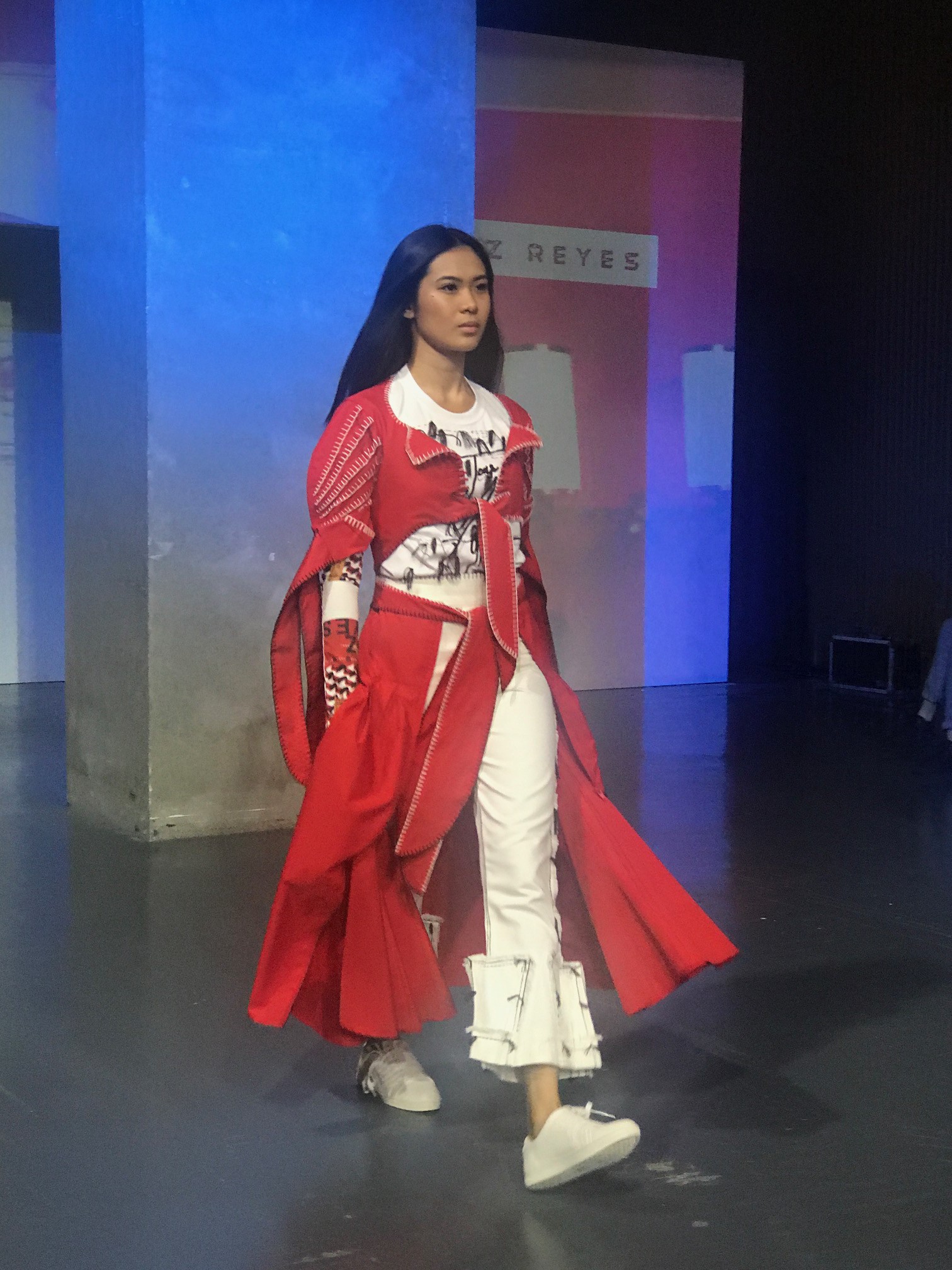
They have every reason to turn Japanese. Apart from the mentoring each of the three winners would be receiving from leading Filipino designers and stylists, the victors would get to show their works in the upcoming Amazon Tokyo Fashion Week in Japan. After that, who knows? A global career based in Manila or even in Tokyo could open up to them.
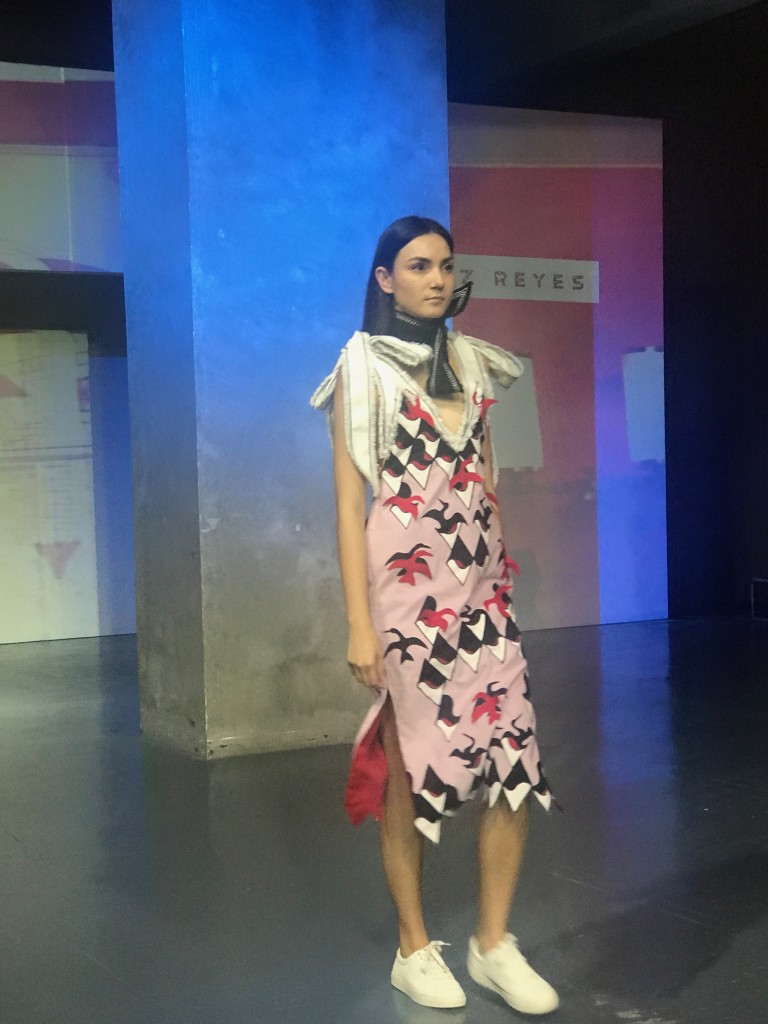
But first they had to impress the judges led by Ben Chan, head honcho of Suyen Corp. and prime mover of the biannual Bench Fashion Week and annual Bench Design Awards, Tetta Ortiz Matera, and Japanese nationals Akiko Shinoda, Shigetaka Kaneko and Yoshio Yokobori.
Deliberate or not, three deserving winners eventually emerged from the pack of hungry budding designers—Ched Dalogaog of Ched Studio, Otto Sacramento of Otto Mondi and Renz Reyes.
Ched’s pieces, consisting of loose gingham ensembles as well as tailored and embroidered oversized black-and-white jackets, were noteworthy for their drapey quality as well as the fairly exceptional tailoring that went into his more structured looks.
His gingham and black ensembles may have looked Japanese-inspired, but Ched was able to inject a bit of local color in the form of embroidered details consisting of Filipino iconography on his jackets.
Otto went the other way by producing loose yet structured men’s ensembles. The looks were decidedly minimalist save for such smart, eye-catching details as contrasting trims, oversized pockets with dangling D rings and detachable camouflage-printed sling bags, which he used liberally and in varying degrees on each look.
Apart from those thick, Japanese-inspired sandals, most of his models also wore either knee-length shorts or cropped pants with slashed details just above the knee.
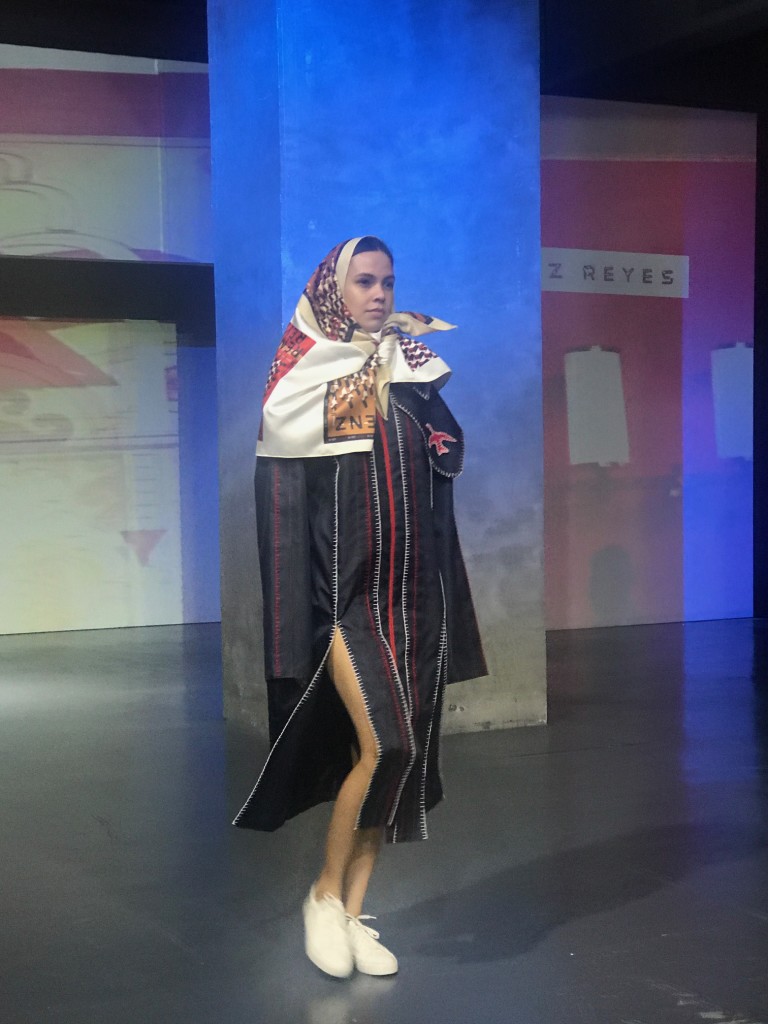
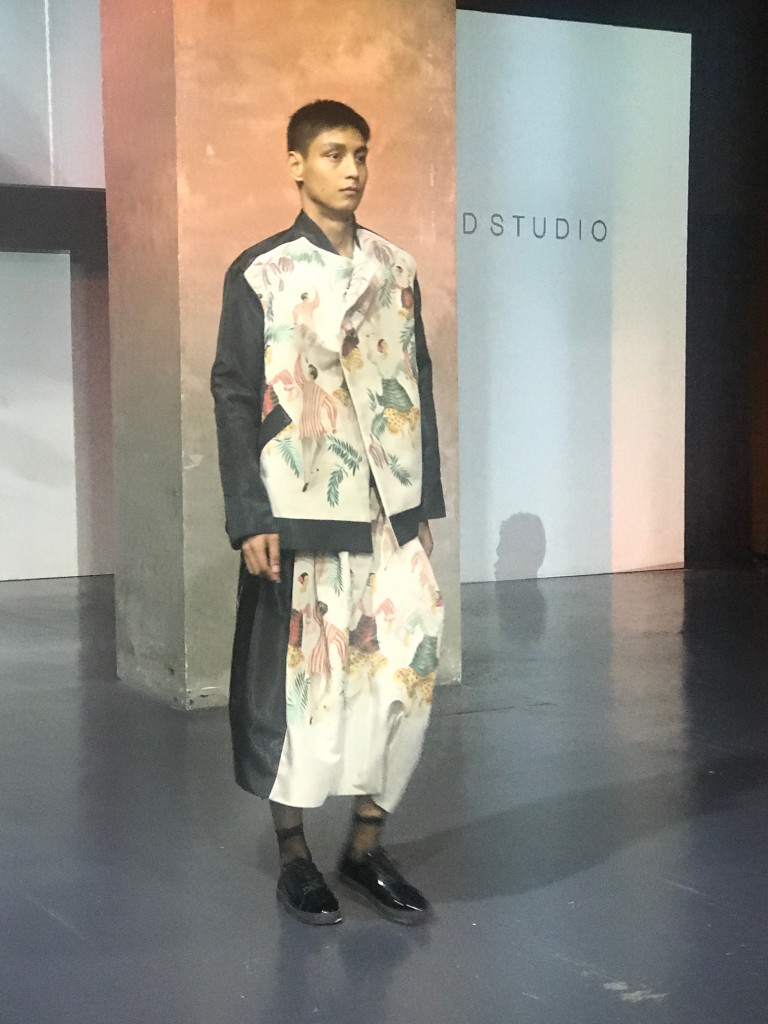
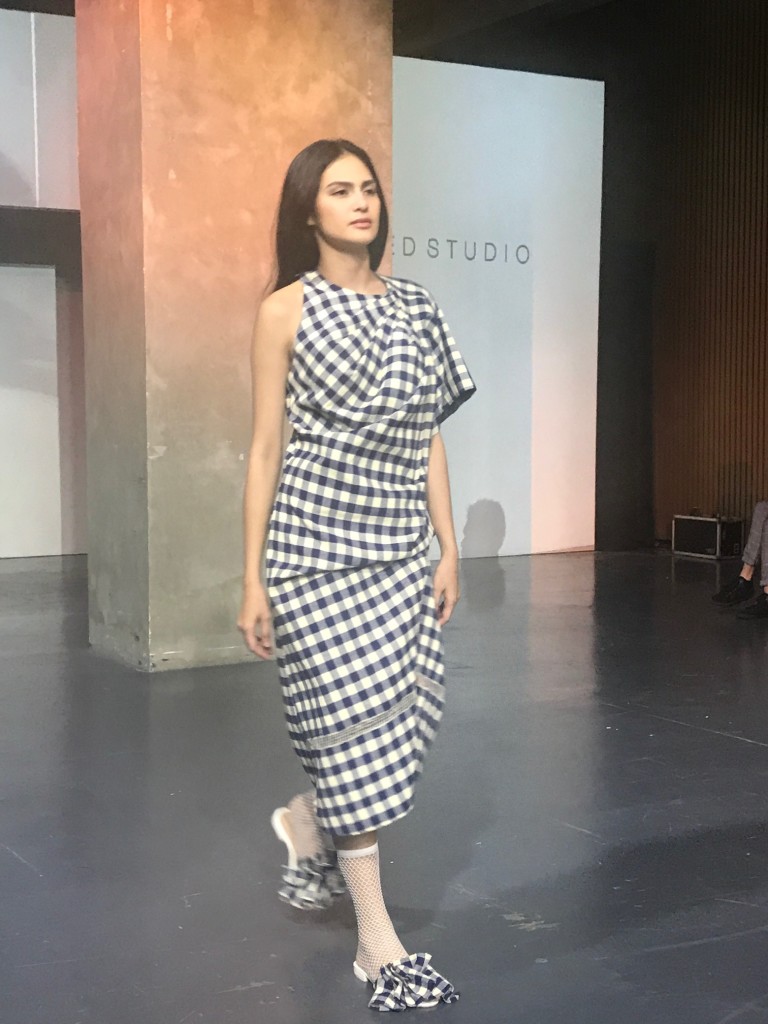
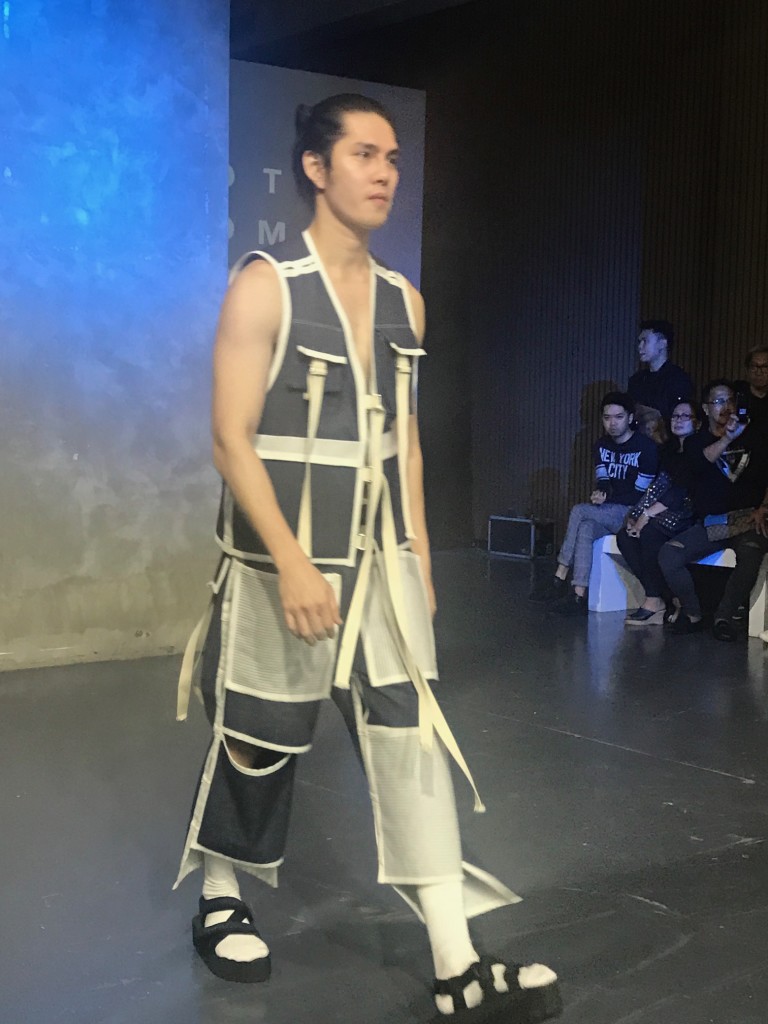
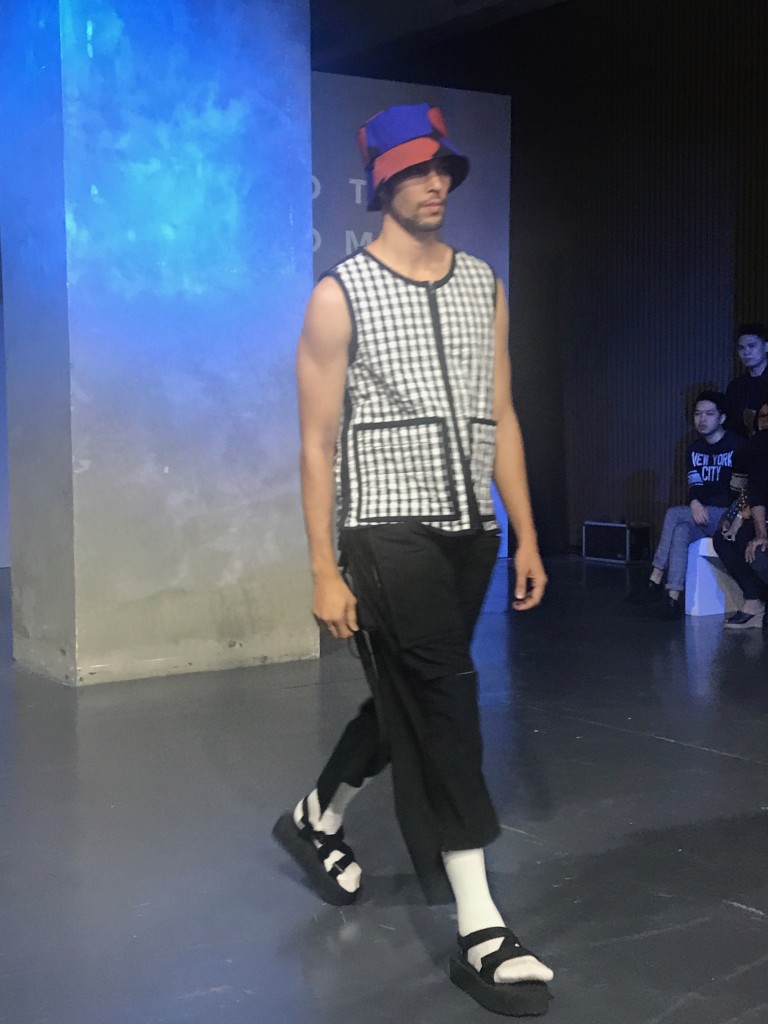
Finally, Renz, the last winner to be called, produced arguably this year’s best and most cohesive pieces consisting of skirt-and-jacket ensembles, modified trench coats and shirt dresses, which he effectively “Japanized” through such details as patchwork, slashes and slits, and choice of colors (white, red and black).
In my book, his collection also proved to be the quirkiest among this year’s top three winners. And while not a few who weren’t lucky enough to break into the winners’ circle aimed to shock and awe, Renz and his fellow winners were obviously mindful of the need for their clothes to be worn by “real,” albeit fashion-forward, people.
Indeed, why bother producing pieces that could only be worn during Halloween or on the streets of Harajuku? Through his winning collection, it was as if Renz was saying that you can still be a quirky and fashionable dresser without allowing yourself to look like a fool.
For their efforts, the three young men are going sometime this year or early next year to the heart of it all – Amazon Tokyo Fashion Week. Congratulations! And to Ben, take a bow for helping advance local fashion despite the tough times.





